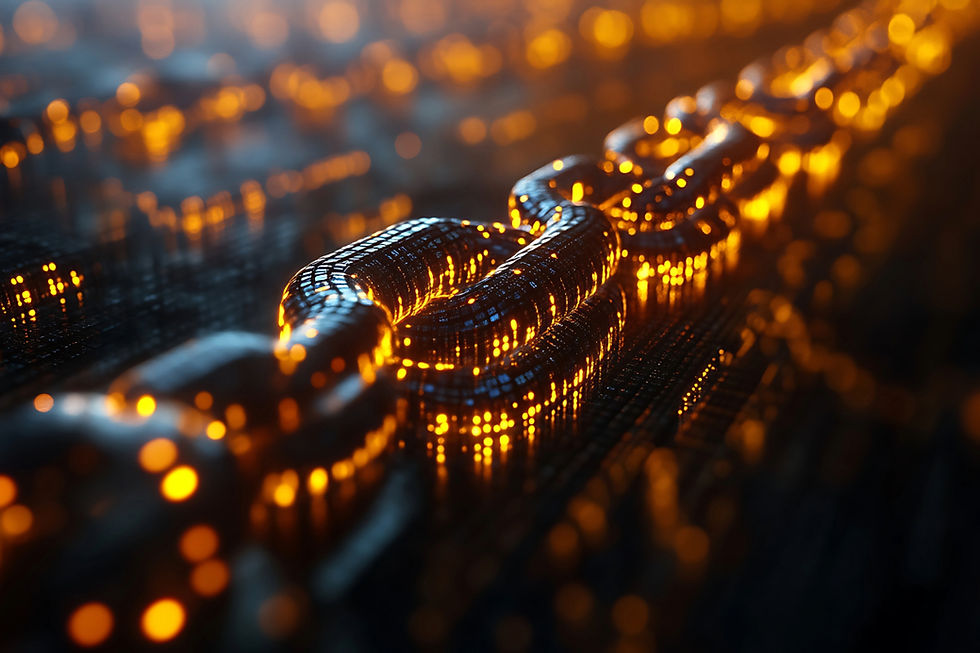How Plasma Cleaning Improves Yield-And Makes Reliability the Rule, Not the Exception
- Davide

- 2 days ago
- 4 min read

Yield isn’t just a number—it’s the heartbeat of a manufacturing operation. When yield fluctuates or falls short, everything downstream becomes harder: forecasts break, delivery dates shift, and costs quietly spiral.
And while the root causes can be varied, surface contamination is one of the most overlooked culprits—especially in industries where bonding, coating, or sealing must be flawless.
This is where plasma cleaning steps in—not as a band-aid, but as a long-term stabiliser. By removing contaminants and activating surfaces at the molecular level, it transforms unpredictable production lines into systems that can be relied on, batch after batch.
Why Inconsistent Yield Happens
Many manufacturers assume yield issues are a result of operator error or equipment inconsistencies. And sometimes they are. But in high-spec environments, especially cleanrooms, the failure often stems from something less visible: surface contamination introduced by the process itself.
A. Processes like soldering, brazing, gluing, or coating leave behind organic residues—even in clean environments
B. These residues disrupt adhesion, bond formation, or coating uniformity, leading to sporadic failures and production waste
Even worse, contamination isn’t always uniform. One batch of parts might be fine, while another—identical in design—fails qualification. This kind of unpredictability is what erodes yield over time and undermines operational confidence.
For example, in automotive electronics, the failure of a single sensor or PCB assembly could force a recall of thousands of vehicles. And because contamination isn’t always detectable visually, manufacturers often discover the issue too late—after assembly, or even after shipment.
How Plasma Cleaning Creates Consistency
The strength of plasma cleaning lies not just in its ability to clean, but in its ability to standardise outcomes regardless of variability in the input.
First, you identify your worst-case scenario: a heavily contaminated, high-risk part
Then, you optimise your plasma process—pressure, gas mix, exposure time—to consistently clean that worst case
Finally, you apply that optimised process to all parts, knowing it has been stress-tested to handle the most difficult examples
This approach gives you control in the face of uncertainty. You no longer rely on ideal conditions. You plan for the worst—and deliver at the best.
The result? A cleaning process that removes variation, evens out batch differences, and ensures every part entering the bonding or coating step is ready to perform.
From Waste to Control: The Qualification Phase
Introducing plasma cleaning isn’t a guesswork decision—it’s grounded in validation. During the qualification phase, manufacturers take a systematic approach to proving the effectiveness of the process.
• Parts from multiple suppliers, materials, or tooling runs are tested under the same plasma conditions
• Critical applications are subjected to environmental stress tests—high humidity, thermal cycling, and corrosion exposure
• Industry-specific standards (such as AEC-Q for automotive or MIL-STD for defence) guide the qualification benchmarks
For instance, a manufacturer might run a 70°C, 100% humidity test for 48 hours to simulate tropical or under-the-hood environments. If the plasma-treated part passes—with no delamination, corrosion, or bond failure—the process is qualified.
But this phase does more than test durability. It also builds trust in the production line—so that once full-scale production begins, you’re not crossing your fingers. You’re running a proven, repeatable system.
The Harsh Reality of Harsh Environments
Not all products will end up in ideal conditions. Many are destined for harsh, variable environments where surface reliability is pushed to the limit.
a) High temperature and humidity tests simulate exposure in engine bays, control panels, or outdoor units, where heat and moisture are constant
b) Low temperature and dry conditions simulate arctic or aerospace environments, where static build-up and brittleness can trigger failures
c) Salt fog and corrosion tests mirror marine or coastal applications, where ion contamination corrodes connections over time
These tests aren’t abstract—they reflect the real-world environments your customers operate in. A failed bond or delaminated coating in the field isn’t just inconvenient—it can be catastrophic.
Plasma cleaning ensures that even if a part is manufactured in standard conditions, it will perform like it was made for the extremes.
What a High-Yield Line Looks Like
When plasma cleaning becomes part of the process, it changes more than cleanliness. It changes performance culture.
Yield becomes predictable, allowing procurement and planning to run leaner
Product returns and rework are dramatically reduced, freeing up engineering bandwidth
Qualification becomes easier, because you’re passing tests the first time
Trust is built—between departments, with suppliers, and with end customers
And cost? It improves too. Not because plasma is cheap—but because waste, rework, and downtime are expensive.
The ultimate signal of a healthy production line isn’t what it does on a good day—it’s how stable it stays over time. Plasma helps you build that consistency into your infrastructure.
Ready to Take Control of Your Yield?
If your team is constantly chasing yield issues, firefighting surface failures, or padding production numbers to compensate for rework, it’s time to re-evaluate your prep process.
Plasma cleaning gives you control over variables that are otherwise invisible—but costly.
Let’s build a process that can handle whatever comes in—and deliver stable results, no matter the conditions. Get in touch with SCI Plasma to explore how yield optimisation through plasma cleaning can transform your line from reactive to reliable.





Comments